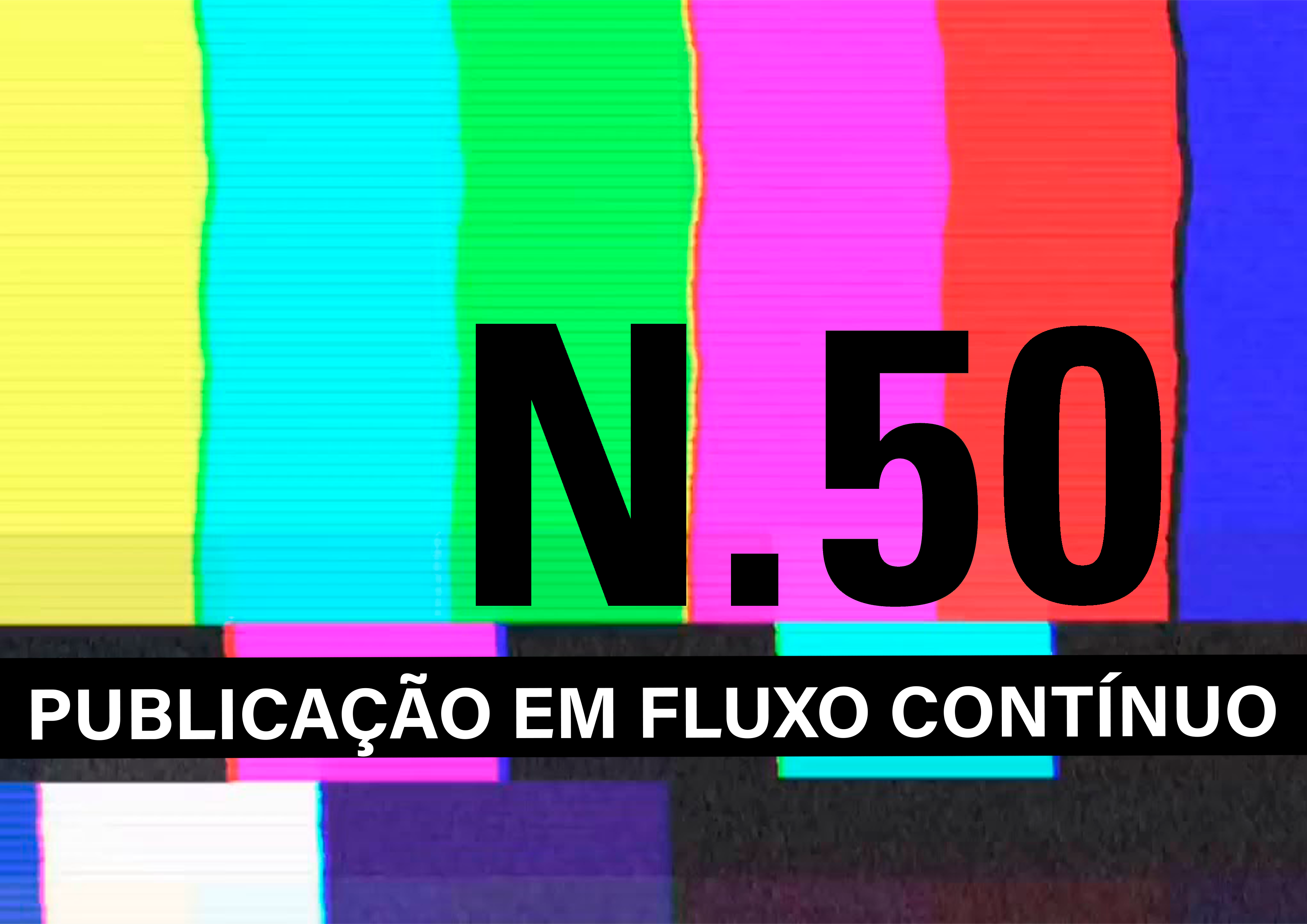An Essay on Visual Essays
DOI:
https://doi.org/10.11606/issn.2178-0447.ars.2024.217400Keywords:
Visual Essay, Page Art, Artist's MagazinesAbstract
Visual essays have been gaining more and more space in academic journals and even in commercial magazines. This essay seeks to bring some of the historical context of visual essays in the field of artist publications, with emphasis on Brazilian magazines published from the 1970s onwards. Some selected samples were used to reflect on the visual essay as structure. This analysis can help in establishing a criteria for evaluating visual essays, so that one day they are recognized as intellectual production worth the same as an academic article.
Downloads
References
BENSE, Max. O ensaio e sua prosa. Tradução de Samuel Titan Jr. In: Revista Serrote, IMS, n.16, Rio de Janeiro, 2014.
KOSTELANETZ, Richard. Introduction to Essaying Essays: alternative forms of Exposition. New York: Out of London Press, 1975.
PIGNATARI, Décio. O que é comunicação poética. Cotia, SP: Ateliê Editorial, 2005.
RORIMER, Anne. Siting the Page: Exhibiting Works in Publications – Some Examples of Conceptual Art in the USA. In: NEWMAN, Michael; BIRD, John (ed.). Rewriting Conceptual Art. London: Reaktion Books Ltd., 1999, p. 123-139.
Downloads
Published
Issue
Section
License
Copyright (c) 2024 Amir Brito Cadôr

This work is licensed under a Creative Commons Attribution 4.0 International License.
The responsibility for obtaining written permission to use in the articles materials protected by copyright law lies entirely with the author(s). Ars is not responsible for copyright breaches made by its collaborators.
The authors have the copyrights and grant the journal the right of the first publication, with the article licensed under the Creative Commons BY-CC License.
Licensees have the right to copy, distribute, display, and carry out the work and make derivative works from it, including with commercial purposes, granted that they give the due credit to the author or licensor, as specified by them.
Licensees compromise to inform the appropriate credit, provide a link to the license, and indicate if changes were made.
Respected the terms of the license, the licensors/authors are not allowed to revoke the conditions above mentioned.
After the publication of the articles, the authors keep the copyrights and the rights to republish the text exclusively in unpublished books and collections.



